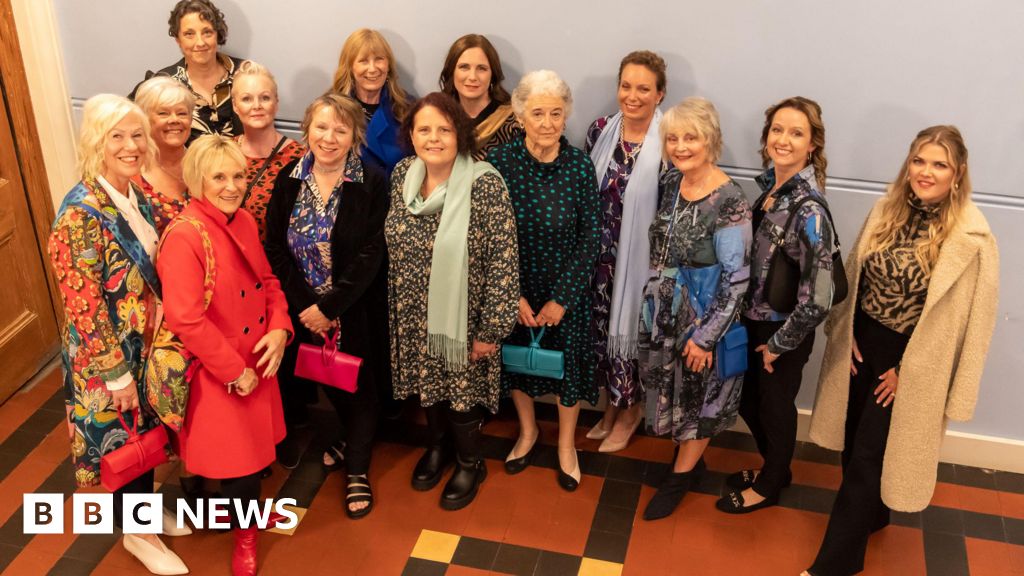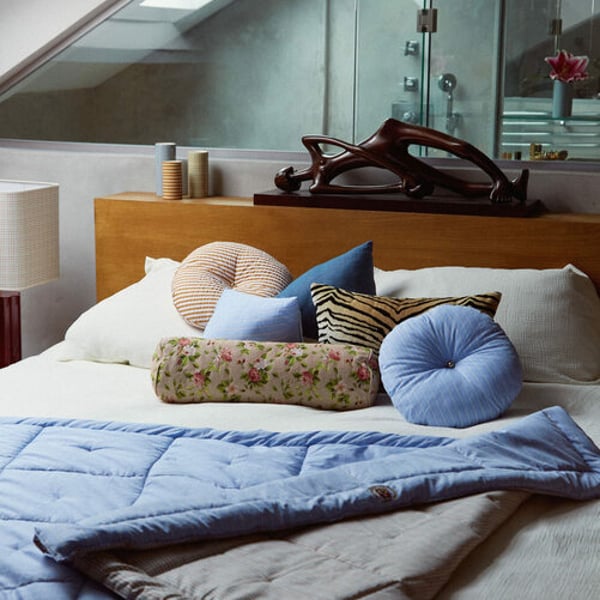The LVMH third-quarter earnings call pointed to a return to growth — led by strategy over creative changes, according to company leaders.
“It’s not only about when the new creative directors arrive in stores,” said LVMH CFO Cécile Cabanis on the company’s third-quarter earnings call on Tuesday. “We shouldn’t only look at creative renewal. There are also plenty of innovations, retail initiatives and performance improvements that deserve applause.”
Cabanis’s comment came just hours after LVMH announced another major appointment: Maria Grazia Chiuri, as chief creative officer at Fendi. The news marks her return to the Roman house where she began her career as a designer in the accessories department in the late 1980s, working under the Fendi sisters before later joining Valentino and then Dior.
“The role of a creative director is no longer to simply design beautiful clothes but to curate a culture,” said Fendi CEO Ramon Ros in the press release announcing the new appointment. Chiuri will debut her first Fendi collection in February in Milan.
For LVMH, the timing fits neatly into a broader creative reset that’s seen Jonathan Anderson take the reins at Dior, Michael Ryder debut at Celine, and Jack McCollough and Lazaro Hernandez join Loewe.
The Fashion & Leather Goods division, which makes up nearly half of the group’s revenue, posted revenue of €27.6 billion ($29.8 billion) for the first nine months of 2025, down 6% organically — but it showed progress in Q3, when the decline narrowed to 2%.
“We have totally recovered the comparison base,” said Cabanis, referring to the division’s year-over-year figures. “Beyond that, we’re seeing pockets of improvement — especially in Southeast Asia, the U.S. and Japan.”
During the call, analysts pressed for details on how the company is weathering macro turbulence, including tariff threats and rising gold prices. For example, when asked whether the proposed 50% U.S. tariff on Brazilian imports was a threat to leather sourcing costs for brands including Louis Vuitton, Loewe and Fendi, Cabanis said it had “minimal direct impact” on LVMH’s supply chain. “What matters more to us are consumer confidence and tourist flows, not the tariff lists of the week,” she said. Ozun added that higher gold prices were “richening the jewelry mix without diluting margin,” as Tiffany offsets metal inflation through design-led pricing.
And both Radolphe Ozun, head of investor relations and Cabanis emphasized that retail strategy, not creative turnover, is driving the rebound. “Whenever we bring an initiative, an innovation or a new retail disruption, it creates an immediate bond and excitement,” said Ozun.
That approach is clear at Louis Vuitton, which in August opened Le Voyage Louis Vuitton in Shanghai — a cultural-retail hybrid that’s become one of its best-performing stores. “People want to get their picture taken there,” Ozun said. “It’s excitement, storytelling and productivity all in one.” Also during the quarter, Vuitton introduced La Beauté Vuitton, a 55-shade lipstick capsule that bridges fashion and beauty. “It’s selective by design, but it drives traffic and engagement,” said Cabanis.
Dior, meanwhile, kept its U.S. push going with the opening of stores including The House of Dior New York in September and The House of Dior Beverly Hills in October. Anderson’s debut collections for men and women were described by Ozun as “a contemporary expression of Christian Dior’s new look.” The brand also relaunched the Lady Dior handbag with a campaign Cabanis said “has found its natural floor,” setting the stage for renewed growth as fresh men’s and women’s collections arrive through early 2026.
Cabanis framed these store openings as part of LVMH’s “self-help” plan, a strategy of incremental investments to sustain desire while waiting for the creative transitions to land. “Self-help is many things,” she said. “It’s around creative renewal, but also around retail initiatives. We’re reinventing excitement at the store level.” She pointed to Tiffany’s renovated flagships in Ginza and Milan, noting that “all the new stores are doing much better than the legacy stores.” High jewelry reached record sales this quarter, and roughly 30% of Tiffany’s store network has now been refurbished.
Regionally, sales in mainland China grew mid- to high-single digits, while Chinese tourists’ spending abroad was down double digits. “Local clients are the quality of growth,” said Cabanis. The U.S. strengthened sequentially, and Europe held stable.
When asked what 2026 will bring, Cabanis said the impact of new creative leadership — from Chiuri at Fendi to Anderson at Dior — will start filtering into results next year. “All the decisions we’re taking now, especially around creative renewal, will start to hit stores next year,” she said.
Her conclusion echoed her opening line: “Our strategy is simple,” she said. “Invest in excitement, in the retail experience and in the power of the brand. That’s where growth starts.”


